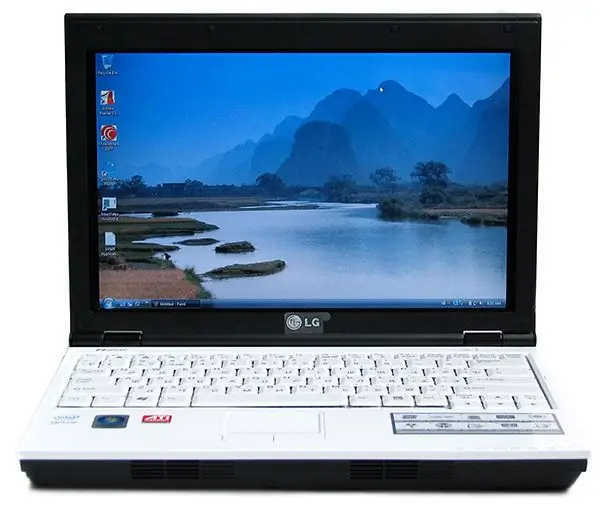The laptop screen draws a fairly large amount of power, so turning it off if you do not need it for a while will significantly reduce the computer's power consumption. There are several ways to turn off your laptop screen.

Instructions
Step 1
You can turn off the laptop screen using hot keys on its keyboard. Laptop keyboard hotkeys generally work in all operating systems. To turn off the laptop screen, press the Fn key, which is in the bottom row, between alt="Image" and CTRL, and without releasing it, press the monitor off key, which is bound to one of the function keys (F1 - F12). The screen will turn off, but after pressing any key, touching the mouse or touching the touchpad, it will resume its work.
Step 2
The screen can also be turned off by closing the laptop lid. By default, the laptop automatically enters Standby or Hibernation with the lid closed, but you can undo this action. Go to the "Start" menu and select the "Control Panel" shortcut. In the Windows control panel, go to the power settings (launched when you click on the shortcut of the same name). In the dialog box that opens, go to the "Advanced" tab. On this tab, you can select actions that are specific to laptop computers only. Select "When you close the lid of the laptop …" and in the drop-down list click on the line "No action required". The laptop screen can now be turned off by closing the lid. When you open the cover, the screen will automatically turn on.
Step 3
The laptop screen can also turn off automatically if the user is inactive for a while. The time to turn off the display is also adjustable in the power settings. Set the required time for the display to turn off for mains and battery operation. This will help you conserve sufficient energy while you are away from the computer, as the laptop screen draws a lot of electrical energy.






